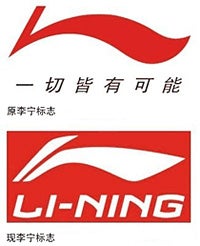Looking for more insights?
Sign up to stay informed about our latest article releases.
What a way to celebrate a 20th anniversary. In June, Li-Ning unveiled its boldest brand makeover since a former gymnastics star launched China's home-grown sporting goods company in 1990. However, there's much more to this trendy branding manifesto than a new logo and slogan as it goes head to head with top-selling Nike and Adidas on its home turf. Can it hold its own?

Sign up to stay informed about our latest article releases.